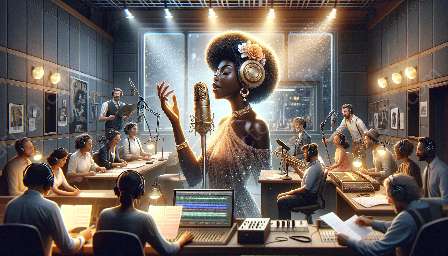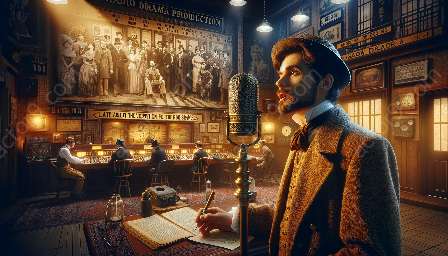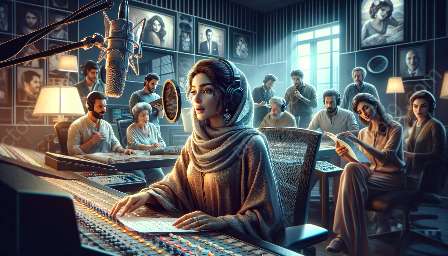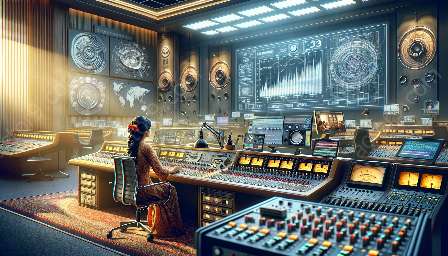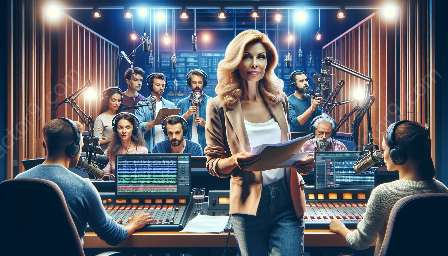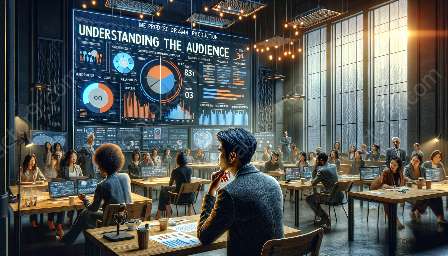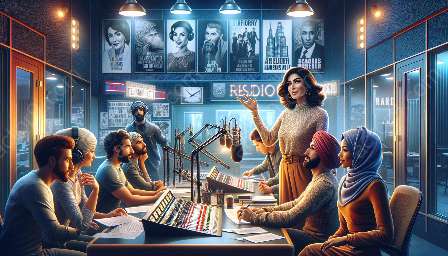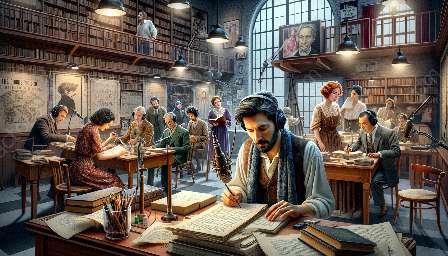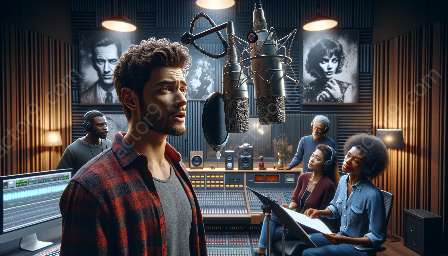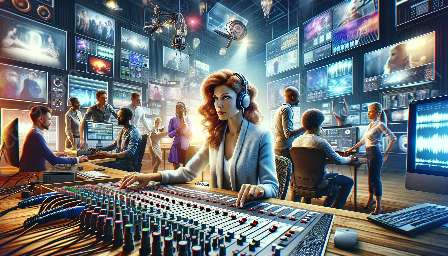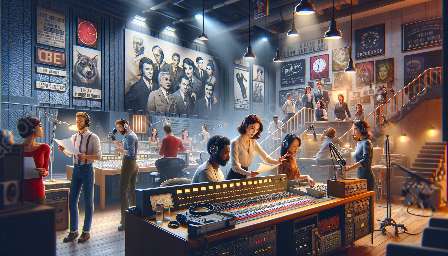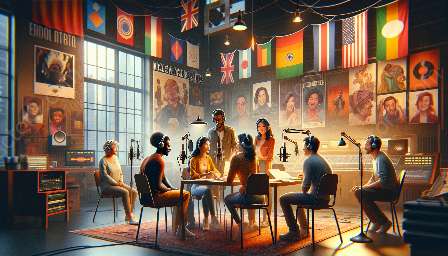Radio drama has long been a powerful medium for storytelling, allowing for the creation of diverse and inclusive narratives. In recent years, there has been a growing recognition of the need to enhance diversity representation in radio drama to reflect the experiences and perspectives of a wide range of individuals. Non-linear storytelling techniques offer a unique opportunity to achieve this goal by creating immersive and impactful narratives that can better represent diverse voices and stories.
Diversity and Representation in Radio Drama
Diversity and representation in radio drama have become increasingly important in today's society, as audiences seek stories that reflect the world around them. It is essential to ensure that radio dramas accurately depict the richness and complexity of human experiences, including those of underrepresented communities.
Non-linear storytelling techniques can play a significant role in addressing the need for diverse representation by offering alternative approaches to narrative structure and storytelling. By moving beyond traditional linear narratives, radio dramas can incorporate diverse perspectives, experiences, and voices in a more impactful and authentic manner.
Radio Drama Production
The production of radio drama involves various stages, including scriptwriting, casting, sound design, and performance. Each of these stages presents opportunities to integrate non-linear storytelling techniques that can enhance diversity representation.
Scriptwriting
Scriptwriters can use non-linear storytelling techniques such as parallel narratives, time jumps, and fragmented narratives to explore multiple perspectives and experiences within a single radio drama. This approach allows for the portrayal of diverse characters and storylines without the constraints of a linear timeline.
Casting
When casting performers for radio dramas, producers can prioritize diversity and inclusivity by selecting actors from a wide range of backgrounds, ethnicities, and cultures. This diversity in casting can further enhance the representation of various identities within the narrative, contributing to a more inclusive and authentic portrayal of characters.
Sound Design
Non-linear storytelling techniques can be effectively represented through sound design, using techniques such as overlapping audio, spatial soundscapes, and layered sound effects. These methods can create an immersive and dynamic listening experience, supplementing the non-linear narrative structure to enhance the audience's engagement with diverse stories.
Performance
Performers in radio drama have the opportunity to embody diverse characters and bring their unique voices and experiences to the forefront. Non-linear storytelling allows actors to explore complex emotions, experiences, and intersecting storylines, contributing to a more nuanced and authentic representation of diversity within the performance.
Implementation of Non-Linear Storytelling Techniques
Implementing non-linear storytelling techniques in radio drama production requires a thoughtful and collaborative approach. It involves a reimagining of traditional storytelling frameworks and a commitment to amplifying diverse voices and experiences.
Collaborative Storytelling
Collaboration among writers, directors, sound designers, and performers is essential to effectively implement non-linear storytelling techniques. By working together, creative teams can develop innovative narrative structures that authentically represent diverse perspectives and experiences.
Community Engagement
Engaging with diverse communities and consulting with individuals from different backgrounds can provide valuable insights for creating stories that resonate with a wide range of audiences. This inclusive approach can ensure that the representation of diversity in radio drama is meaningful and respectful.
Training and Education
Providing training and education on non-linear storytelling techniques can empower storytellers to explore new creative avenues for diversity representation. Workshops, seminars, and resources focused on non-linear narrative structures can equip radio drama practitioners with the tools to authentically capture diverse voices and stories.
Impact and Benefits
The integration of non-linear storytelling techniques in radio drama production can have far-reaching benefits for diversity representation and audience engagement.
Amplifying Diverse Voices
Non-linear storytelling allows for the amplification of diverse voices, enabling the exploration of underrepresented narratives and experiences within the medium of radio drama. This can lead to a more inclusive and reflective portrayal of society's richness and complexity.
Enhanced Audience Engagement
By embracing non-linear narrative structures, radio dramas can captivate audiences with immersive and emotionally resonant storytelling. The non-linear approach has the potential to create impactful connections with listeners, fostering empathy and understanding across diverse communities.
Social and Cultural Impact
Radio dramas that employ non-linear storytelling techniques to enhance diversity representation can contribute to positive social and cultural change. By celebrating diverse stories and experiences, these narratives have the power to challenge stereotypes, foster empathy, and promote a more inclusive society.
Conclusion
Non-linear storytelling techniques offer compelling opportunities to enhance diversity representation in radio drama, shaping narratives that authentically reflect the world's diverse voices. By integrating these techniques into radio drama production, storytellers can create inclusive, impactful, and resonant narratives that celebrate the richness of human experiences.

